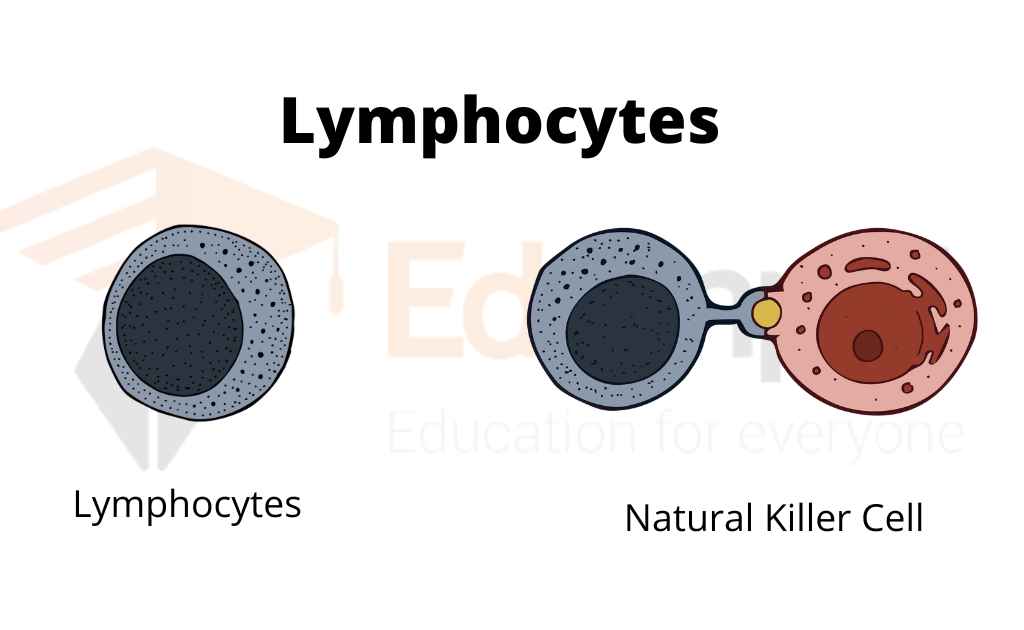Factors Affecting The Rate Of Transpiration
Transpiration is a process whereby water vapor is lost through the stomata of plants. This loss of water vapor helps to cool the plant down when the weather is hot, and water from the stem and roots is pulled upwards into the leaves. Transpiration is how water moves throughout a plant before evaporating from its more visible parts, such as leaves, stems, and flowers.
While water is an important element for plants, only a small percentage of what the roots take in is used for growth and metabolism. The majority of water anywhere from 97 to 99.5 percent is lost through transpiration and guttation. If you take a close look at a leaf, you’ll see tiny pores called stomata (just one is called a “stoma”). In most plants, there are more stomata on the underside of the leaves.
Importance Of Transpiration
a) The transpiration stream is necessary for distributing dissolved minerals and salts throughout the plant. So the rate of transpiration is very important for a plant. Transpiration helps to transport the water to the photosynthesizing cells of the leaves.
b) Transpiration also cools the plant. So transpiration becomes very important at high temperatures.
c) The rate of transpiration is very high at high temperatures Therefore more water is lost from the plant. But the stomata are closed at high temperatures. Thus the rate of transpiration is reduced. It stops the wilting of leaves and herbaceous plants.
Factors Affecting The Rate Of Transpiration
Factors Following factors affect the rate of transpiration:
1. Light
2. Temperature
3. CO Concentration
4. Humidity and vapor pressure
5. Wind
6. Availability of soil water
1. Light
Light directly controls the opening and closing of stomata The rate of transpiration increases in strong light Potassium actively enters into the guard and calls in the presence of light. So water also enters the guard cells. Thus guard cells become turgid and the stoma is opened.
2. Temperature
a) The environmental temperature increases on bright and sunny days. The higher temperature reduces the humidity of the surrounding all Therefore evaporation of water from the surface of mesophyll cells increases Thus, it increases the rate of transpiration
b) The rate of transpiration becomes double after every rise of 10°C temperature.
c) The stomata are closed at a very high temperature 40-45 C) So the plant does not lose water d) The plant can wilt if there is a constant high temperature and limited supply of water
3. Carbon Dioxide Concentration
a) Sometimes, photosynthesis exceeds respiration So there is a low concentration of carbon dioxide in the leaves during these days which stimulates the active transport of potassium ions into the guard cells. The potassium ions open the stomata Thus CO diffused into mesophyll cells of the leaves
b) Cellular respiration takes place at night in the absence of photosynthesis. Se the CO is raised in the leaves. It stops the inward transport of K Thus water is removed from guard cells and they become flaccid. So stomata are closed. It stops the transpiration
4. Humidity And Vapor Pressure
a) The diffusion of water molecules from the surface of mesophyll cells, air spaces, and through stomata increases in dry air. Therefore, more water is lost. It increases the rate of transpiration.
b) The process of diffusion is reduced in humid air. So it decreases the rate of transpiration
5. Wind
The air in motion is called wind. a) Wind increases the rate of diffusion of water molecules So the rate of evaporation from the surface of the mesophyll cells increases. Thus it increases the rate of transpiration b) The still air reduces the rate of diffusion of the water molecules. Thus it reduces the rate of transpiration.
6. Availability Of Soil Water
Less water is transported into the leaf cells when there is less amount of water in the soil. Se less water is lost by transpiration. In this way, the reduction of the rate of absorption of water reduces the rate of transpiration.

 written by
written by 



Leave a Reply